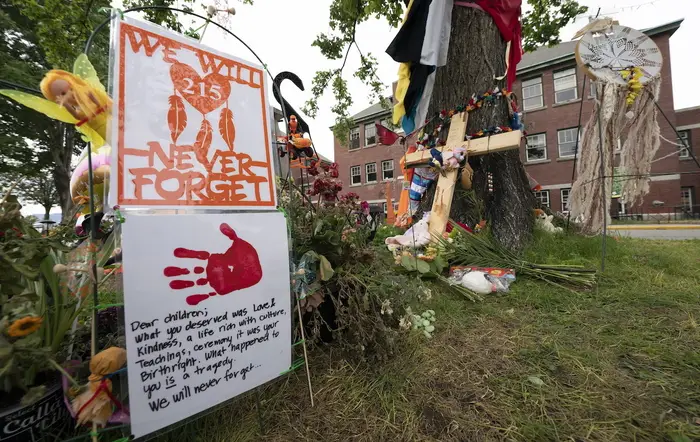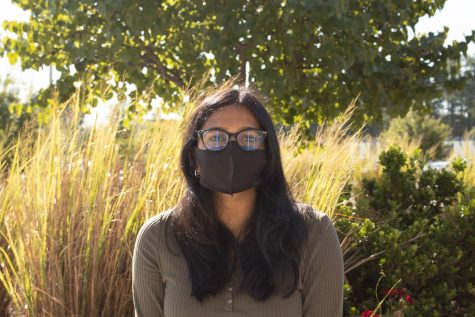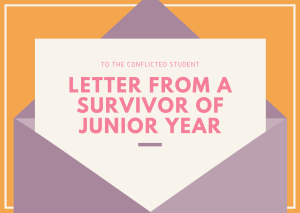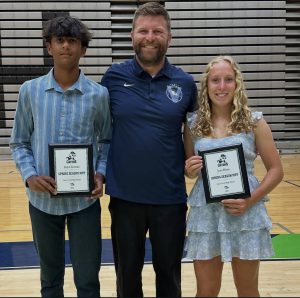Investigations Have Uncovered the Abuse of Native American Children at Former Government Schools
Many Native American children lost their lives due to the abuses they faced at government run schools. Image via Buzzfeed News
May 16, 2022
For over a century, there have been many schools established with an aim to assimilate Indigenous children into white society. Through a first-of-its-kind federal study, over 400 of these schools, supported by the US, and 50 associated burial sites have been discovered, and this number seems to only increase as more information is uncovered.
The investigation of the schools was commissioned by Interior Secretary Deb Haaland and highlighted the abuse of many Native American children at government-run boarding schools which they were forced to attend from 1819 to 1969.
Following the investigation, on Wednesday, the Interior Department released a report which emphasized instances of beatings, withholdings of food and solitary confinement, and also aided in uncovering burial sites at more than 50 of the boarding schools.
The report is the first step in a review that was announced by Secretary Haaland in June after the discovery of the unmarked graves of children who attended similar schools in China.
In the years during which the boarding schools were most prominent, many Native American children were taken from their families, restricted from their Native identity, and often abused. After being sent to these schools, many children never returned home.
The report mentioned how “many of those children were buried in unmarked or poorly maintained burial sites far from their Indian Tribes, Alaska Native Villages, the Native Hawaiian Community, and families, often hundreds, or even thousands, of miles away,” when referring to the 500 Native American deaths that have been discovered at 19 schools as of now.
Secretary Haaland, whose grandparents attend such schools, announced that her agency would take action to search the land of former schools in the US and identify any possible remains of the Native Americans.
“The Consequences of federal Indian boarding school policies – including the intergenerational trauma caused by the family separation and cultural eradication inflicted upon generations of children as young as 4 years old – are heartbreaking and undeniable,” The New York Times reported the statement made by Haaland during a news conference. “It is my priority to not only give voice to the survivors and descendants of federal Indian boarding school policies, but also to address the lasting legacies of these policies so Indigenous peoples can continue to grow and heal.”
There is not a single American Indian, Alaskan Native, or Native Hawaiian in the country who had not been affected by the schools.
“Federal Indian boarding schools have had a lasting impact on Native people and communities across America,” said Bryan Newland, the Interior Department’s assistant secretary for Indian affairs. “That impact continues to influence the lives of countless families, from the breakup of families and tribal nations to the loss of languages and cultural practices and relatives.”
The attempt of assimilating Native American children to white society has occurred for years dating back to 1803. In 1803, President Thomas Jefferson gave a confidential message to Congress on Indian Policy hoping to rid the Native Tribes of their land as well as to transform their nomadic practices to more sedentary practices.
He highlighted his point in his confidential message (page 25) saying, “To encourage them to abandon hunting, to apply to the raising stock, to agriculture, and domestic manufacture, and thereby prove to themselves that less land and labor will maintain them in this better than in their former mode of living. The extensive forests necessary in the hunting life will then become useless, and they will see advantage in exchanging them for the means of improving their farms and of increasing their domestic comforts.”
Along with changing their normal way of life, Jefferson wanted to force the Indian anted to force the Native Americans to purchase things with credit, to push them far enough into debt in hope that the Natives would think to pay the debt back by giving up their land.
“I trust and believe we are acting for their greatest good,” wrote Jefferson in regards to his proposals to congress.
The schools were funded by Catholic, Protestant, and other churches, backed by US laws and policies and sometimes directly ran by the US government
The experiences of these students is not known by many of the general public, largely due to the fact that the government has provided no information or chance for survivors or descendants of survivors of the schools to share their experience. To complete their goal of assimilating Native American children into what was the traditional white society, the schools gave them English names, cut their hair, banned them from speaking native languages, and prohibited them from practicing their religions or cultural traditions.
Jim Labelle, a survivor who spent 10 years in a government-run boarding school shared his experiences from his time at the school from when he began there at 8 years old. He said: “I learned everything about European American culture. Its history, language, civilizations, math, science, but I didn’t know anything about who I was. As a native person, I came out not knowing who I was.”
So that more people are able to share their experiences, and allow for the general public to learn more about the mistreatment of the group, Secretary Haaland announced plans for a tour called The Road to Healing, during which survivors of the boarding schools would be able to share their stories.
When discussing her new plan she said, “It is my priority to not only give voice to the survivors and descendants of federal Indian boarding school policies, but also to address the lasting legacies of these policies so Indigenous Peoples can continue to grow and heal.”
Deborah Parker, chief executive of the National Native American Boarding School Healing Coalition, said the children who died at these boarding schools deserve to be identified and respected, attempting to bring their remains home. She said the efforts to uncover these burial sites will not end until the US is able to fully account for the genocide committed against the Native American children.
To emphasize her point, Parker said “Our children had names, our children had families, our children had their own languages, our children had their own regalia, prayers and religions before Indian Boarding Schools violently took them away.”







